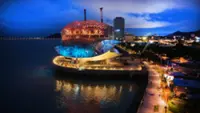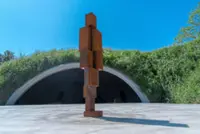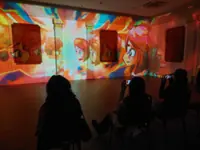Artjamila working on one of her paintings from her 'Marine Life In Plastic Fabric Waste' series, a commentary on how plastic waste, compounded by improperly discarded disposable face masks during the pandemic, affects marine life. Photo: Artjamila Gallery
This year’s Earth Day is themed Invest In Our Planet. What Will You Do?
On earthday.org, whose mission is to diversify, educate and activate the environmental movement worldwide, it says, “This is the moment to change it all - the business climate, the political climate, and how we take action on climate. Now is the time for the unstoppable courage to preserve and protect our health, our families, our livelihoods.”
Already a subscriber? Log in
Save 30% OFF The Star Digital Access
Cancel anytime. Ad-free. Unlimited access with perks.





